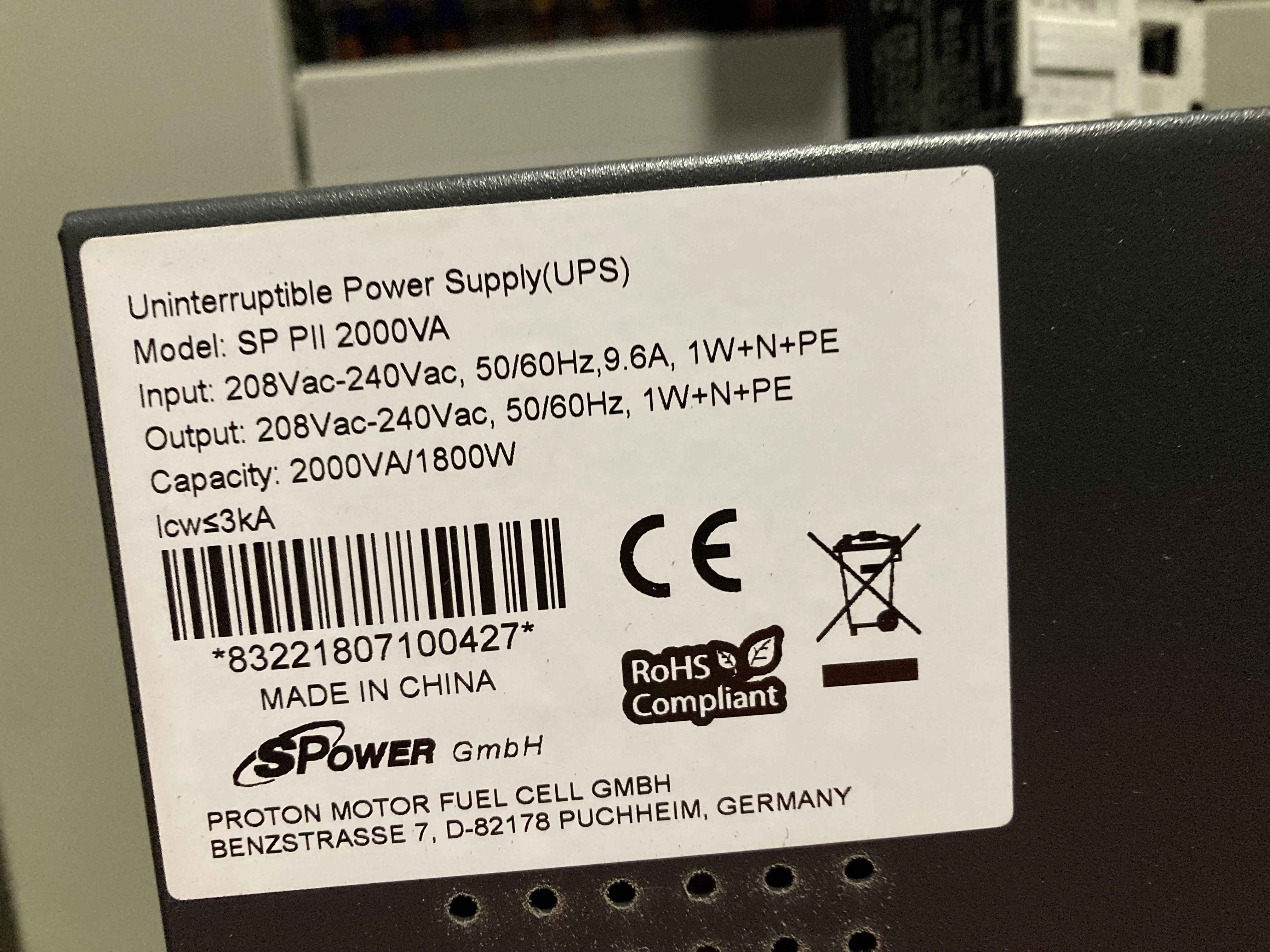We are planning a server upgrade and I find myself faced with the question of whether a SAN is necessary. I know there have been many posts both here and on other forums about SANs being oversold in situations where they are not needed. My gut instinct is that my situation is one that really doesn't require a SAN, yet I still find myself unsure that I understand the various questions that I should be considering when making this decision.
I bought a copy of Linux Administration Best Practices by @scottalanmiller and am reviewing the chapters on system storage, in particular the parts on SANs, local storage and replicated local storage.
Our needs are not sophisticated. We will have only a handful of VMs. A file server, sql server, freepbx, inventory management system server, security system server and an internal application server for a few internal tools. For most of these we can afford some downtime in the event of a host failure. The exception is really the SQL server. While it would not be catastrophic for some downtime it would be far superior from a continuity perspective if it could fail over to a secondary host if necessary.
With that in mind, I had planned for two hosts so we could survive a failure of one of them. My primary confusion though is how would I accomplish replicated local storage. Is this functionality that the hypervisor must provide? The best practices book mentions several technologies (DRBD, Gluster, CEPH) that can be used for RLS but I would think that these would have to run in the hypervisor itself and not as separate VMs on the host. Is that correct?
In general, for relatively small environments such as mine, is it feasible to even attempt local storage replication? Our MSP has quoted an EMC SAN device to the tune of $25k so that VMs could be migrated between hosts with storage being on the SAN. What would an implementation without the SAN look like if I wanted to maintain the replication and the ability for the VMs to be migrated between hosts?

